In South Korea, one of the most important holidays is the Lunar New Year. It is known as Seollal (설날) in Korean.
We’ll tell you all you need to know about Korean Lunar New Year!
Contents
- 1 Seollal: The Korean Lunar New Year
- 2 Historical Origins of Seollal
- 3 When is the Korean Lunar New Year?
- 4 Korean New Year Traditions
- 5 Korean Lunar New Year Traditional Games
- 6 Korean New Year Food
- 7 Modern Celebrations of Seollal
- 8 Seollal in Comparison to Other Asian Lunar New Years
- 9 How to greet “Happy Korean New Year” in Korean
- 10 Things to do over Korean Lunar New Year
- 11 Wrap Up
Seollal: The Korean Lunar New Year
Seollal (설날) is one of the important traditional Korean holidays in the Korean culture. This national holiday commemorates the first day of the Korean Lunar Calendar. The holiday takes place over several days. It is marked by the gathering of family members, performing Korean rituals, eating traditional foods, playing traditional folk games, and other traditional activities.
“Lunar New Year” in Korean
The Korean word for “Lunar New Year” 설날 (Seollal). This looks like seolnal, but is pronounced seollal in Korean. (Note: When an ㄴ sound follows a ㄹ sound, its pronunciation changes to ㄹ to make it easier to say.)
Historical Origins of Seollal
The history of Seollal has begun by celebrating the new year as a way to honor ancestor spirits and bring in a bountiful harvest. These customs were carried on throughout generations and have changed, but the essence has remained the same. The festival is deeply intertwined with Korean folklore and the lunar calendar.
When is the Korean Lunar New Year?
Like many of Asia’s traditional holidays, the Seollal (설날) follows the lunar calendar. Seollal falls on the first day of the Lunar New Year calendar. It is usually towards the end of January or the beginning of February on the Western (solar) calendar.
Here are the dates of the Korean Lunar New Year through the years:
- Seollal 2021 – February 12th
- Seollal 2022 – February 1st
- Seollal 2023 – January 22nd
- Seollal 2024 – February 10th
- Seollal 2025 – January 29th
- Seollal 2026 – February 17th
The exact number of days for the Seollal holiday depends on which day of the week it falls on.
While the Lunar New Year is celebrated in countries across Asia, each country has its own way of celebrating the event. Korean Lunar New Year also has its own unique customs and traditions.
Korean New Year Traditions
While Christmas in Korea is usually a time for celebrating with friends or for going on dates, Seollal, like Chuseok, is more of a family-based celebration. Many Koreans travel back to their family homes during this period.
As a result, roads will be very busy during this time of year. Additionally, train, bus, and airplane tickets will either be sold out or very expensive. If you plan to come to Korea during Seollal, make sure you get a head start and book in advance!
What is sebae (세배)?
세배 (sebae) is the most important of all the Korean Lunar New Year traditions. Sebae is the act of kneeling on the ground and bowing deeply so that your hands are also on the ground. Younger people must bow deeply to their elders and wish them a happy new year. This deep traditional bow signifies respect.
People often wear 한복 (hanbok), traditional clothing in Korea, whilst performing sebae.
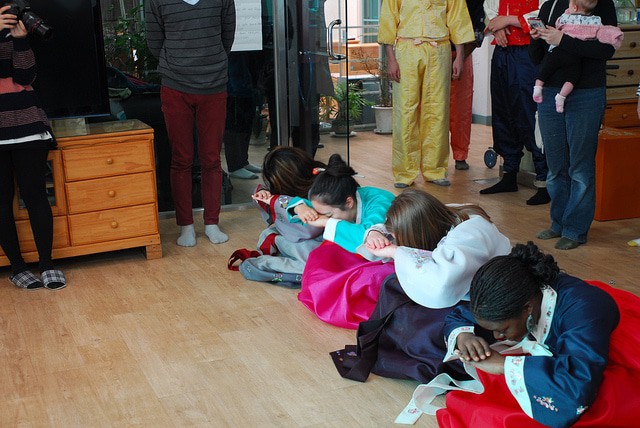
To describe the act of sebae, the verb 드리다 (deurida) is used. For example, 세배 드렸어요 (sebae deuryeosseoyo) would mean, “I did the sebae bow.”
When bowing, you can say 새해 복 많이 받으세요 (saehae bok mani badeuseyo), which means “Have lots of luck in the new year.”
After receiving a bow from their younger, the elders then say something along the lines of “I hope you stay healthy this year” or “I hope you get married this year” to their younger. Elders typically reward their youngers with money, known as 세뱃돈 (sebaetdon), to their youngers. This money is often given inside an envelope.
What is charye (차례)?
Another important tradition is 차례 (charye). This term is used to describe the worshiping of one’s ancestors during the Lunar New Year. Food is set out on a table as a gift for one’s ancestors, behind which are the family’s ancestral tablets.
People perform deep bows on these tables in order to show respect to their ancestors. This tradition is still performed by many South Koreans, but it isn’t quite as widespread as the other Seollal traditions.
Other Korean traditions during Seollal
Besides the well-known practices like ancestral rites above, other traditions include:
- Wearing 한복 (Hanbok): Many Koreans wear Hanbok, the traditional Korean attire, during Seollal. It’s a way to honor their heritage and participate in the festive spirit of the holiday.
- 사주 (Saju | fortune-telling): Some people visit fortune-tellers during Seollal to have their fortunes told for the coming year. This practice, known as 사주 (saju), involves reading one’s destiny based on the date and time of birth.
- Gift Giving: Exchanging gifts is a common practice during Seollal. Popular gifts include fruits, health products, and money in silk pouches called Bokjumeoni, symbolizing good luck and prosperity.
- Preparing and Eating 만두 (mandu): Mandu, a.k.a. Korean dumplings, is what most Koreans eat during Seollal. They are filled with minced meat, vegetables, and sometimes kimchi. Making Mandu is a family activity where members come together to prepare and share these treats.
- Watching the First 해돋이 (Haedoji | sunrise): Some people wake up early to watch the new year’s first sunrise. It’s believed that watching the first 해돋이 (haedoji) brings good luck and fulfillment of one’s wishes for the year.
- 연날리기 (yeonnalligi): 연날리기 (yeonnalligi), also known as kite-flying, is a popular activity during Seollal. Flying a kite during the Lunar New Year is a joyful and symbolic activity to let go of old worries and send your wishes and wishes for the New Year into the sky.
Korean Lunar New Year Traditional Games
Just like how Western families often play board games at Christmas, Korean families often play traditional games together during Seollal.
One of the most popular games is 윷놀이 (yunnori), pronounced yut-nori or yunnori. This traditional board game is played between two teams and requires four special sticks. These sticks are curved on one side and flat on the other.
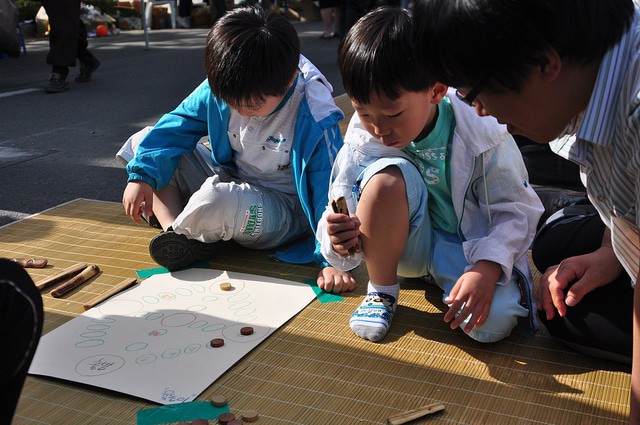
Teams take turns throwing the four sticks in the air. The way that the sticks land determines how far the players move around the board.
As well as yut-nori, other traditional games are often played over Lunar New Year.
Children also enjoy 널뛰기 (neolttwigi | seesaw jumping) and 투호 (tuho | arrow throwing), while adults may engage in spirited rounds of 화투 (hwatu | card games). These games are not just entertainment but a way to pass on cultural heritage.
Korean New Year Food
The culinary aspect of Seollal is as important as the rituals. Tables are laden with delicacies like Jeon (savory pancakes), Japchae (stir-fried glass noodles), and an array of side dishes.
Tteokguk (떡국)
The most important food that is eaten during the Korean Lunar New Year is 떡국 (tteokguk) or rice cake soup. This traditional soup for the Lunar New Year is made using sliced rice cake, known as 떡 (tteok) in Korean. Tteokguk often also contains some meat and other things, such as seaweed.
The Significance of Tteokguk (떡국)
Tteokguk, a bowl of thinly sliced rice cakes in a clear, savory broth, is the highlight of Seollal cuisine. Eating Tteokguk is believed to ensure good luck and longevity. The round shape of the rice cake slices represents coins, signifying wealth and prosperity. This dish is more than a meal; it’s a ritual, a prayer for well-being and abundance.
Traditionally, the act of eating tteokguk at New Year turns you one year older in Korean. Don’t worry, though; you only get one year older if you eat it over the New Year period, not at other times of the year!
The white color of the tteok supposedly signifies purity. In the past, this meal was only eaten during the Korean New Year. However, nowadays, you can find in restaurants all year round.
Jeon (전)
Another common food that is eaten during the Lunar New Year is 전 (jeon). Jeon is a pancake-like dish that often contains green (spring) onions or 파 (pa). The two most common types of jeon are 김치전 (gimchijeon) and 해물파전 (haemulpajeon), which contain kimchi and seafood, respectively. Sometimes jeon is also called 부침개 (buchimgae).
In addition to tteokguk and jeon, families often prepare many other foods and side dishes to eat during the Lunar New Year.
Modern Celebrations of Seollal
Seollal remains a cherished holiday in contemporary Korea, blending age-old traditions with modern practices. While ancestral rites and traditional games continue, people also embrace contemporary ways to celebrate. Koreans enjoy going on vacations, watching special TV programs, or shopping for Seollal-themed items. It’s a time when Korea’s timeless heritage coincides with the country’s modern life.
Seollal in Comparison to Other Asian Lunar New Years
Seollal shares similarities with Lunar New Year celebrations in other Asian cultures, such as Chinese, Vietnamese, and Mongolian New Year festivities. While the essence of marking a new lunar cycle is shared, each culture brings its unique customs, foods, and symbols to the celebrations.
These variations highlight the rich cultural diversity in Asia and the shared reverence for tradition and family unity across the region.
How to greet “Happy Korean New Year” in Korean
Finally, if you’d like to greet someone during Seollal, you can say 새해 복 많이 받으세요 (saehae bok mani badeuseyo). This means “Receive lots of luck or blessings in the New Year.”
Things to do over Korean Lunar New Year
If you want to experience a traditional Korean Lunar New Year, then your best bet would be to get invited to a Korean family’s house. If you’re lucky enough to get an invite, you should take them up on the offer!
While traveling during Seollal, keep in mind that it’s the busiest time of the year in Korea. Many people are trying to return to their hometowns. Plan accordingly!
Some people like to take advantage of the Lunar New Year holiday by visiting usually crowded places, such as amusement parks. Seoul’s palaces are also a fantastic place to visit during this time of year. That is because they often put on special shows and performances during the traditional holiday seasons.
Since many places are closed during Seollal, it is best to quickly check online to see if the place you plan to visit is open before you travel. Better safe than sorry!
Wrap Up
What do you plan to do over the Korean Lunar New Year? Let us know by commenting below!

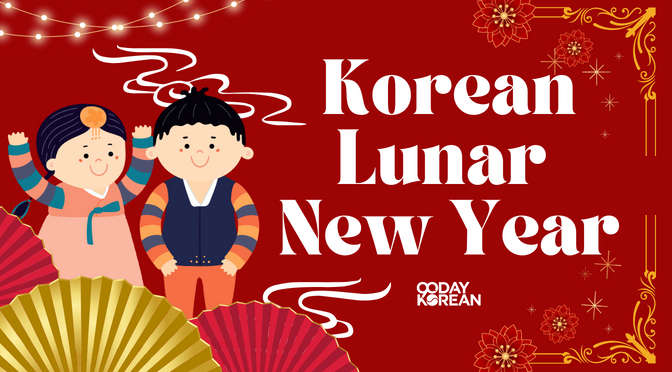
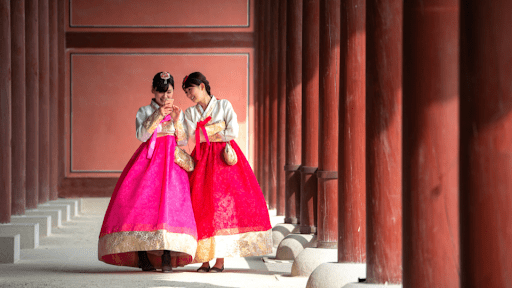
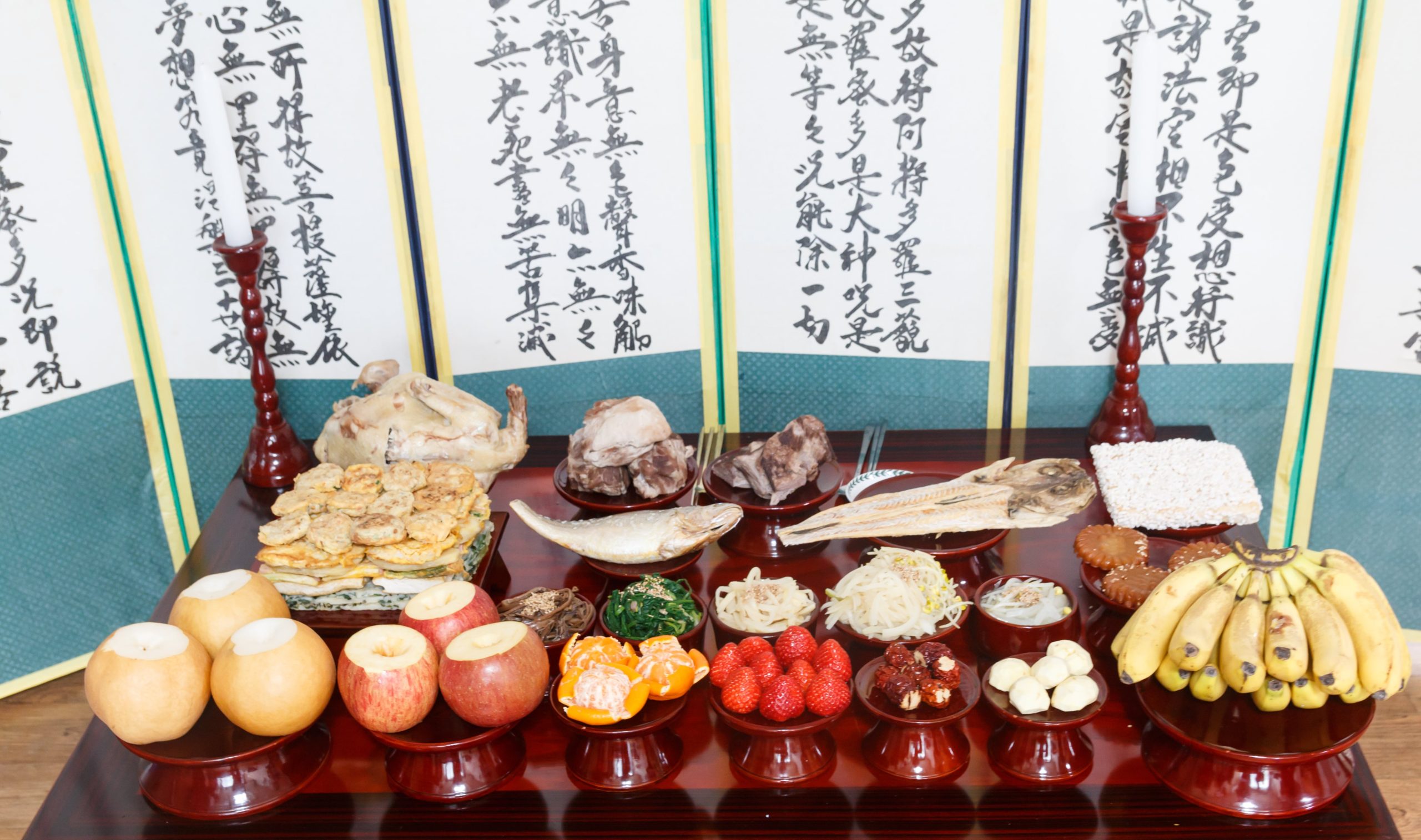
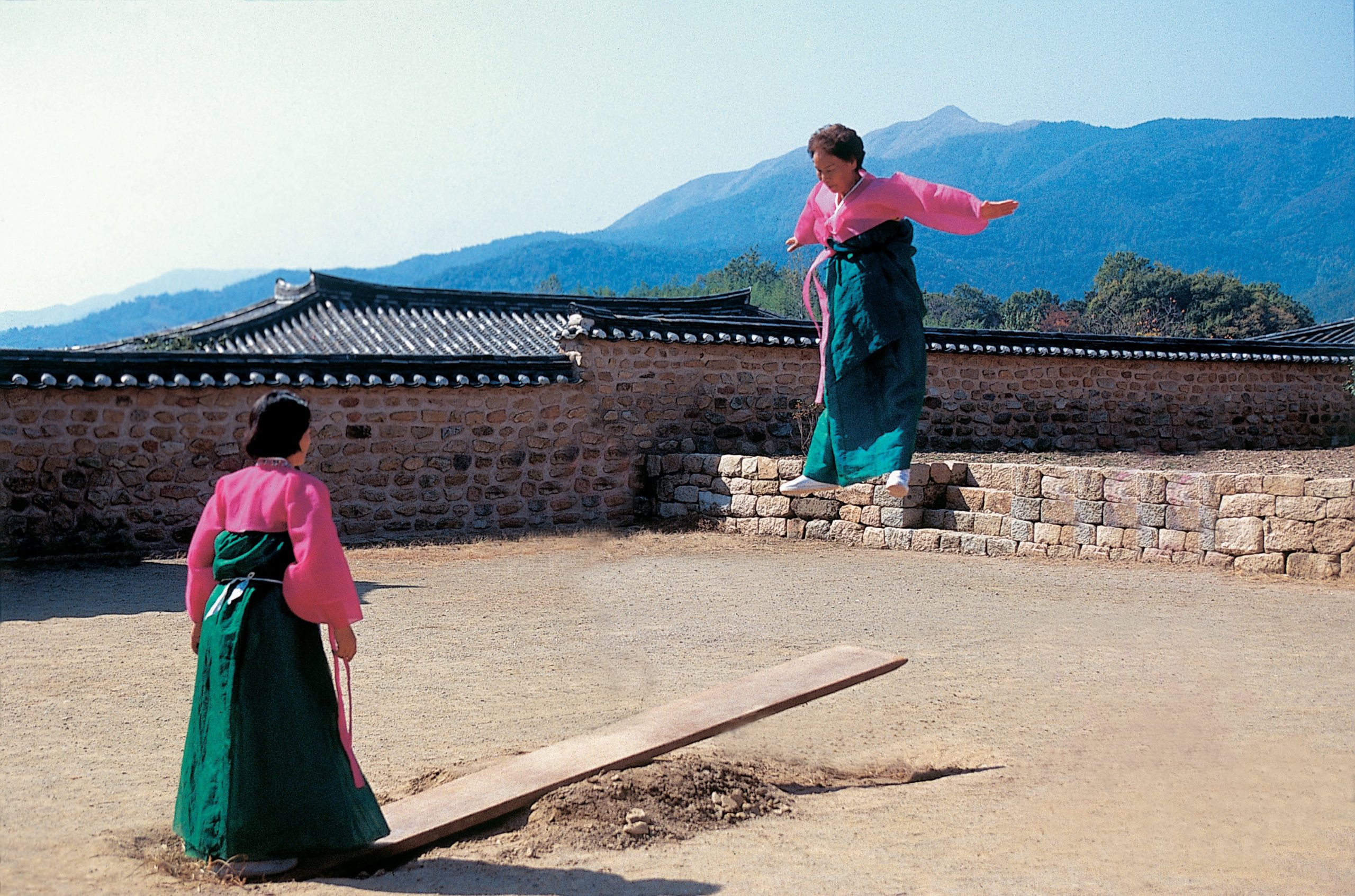
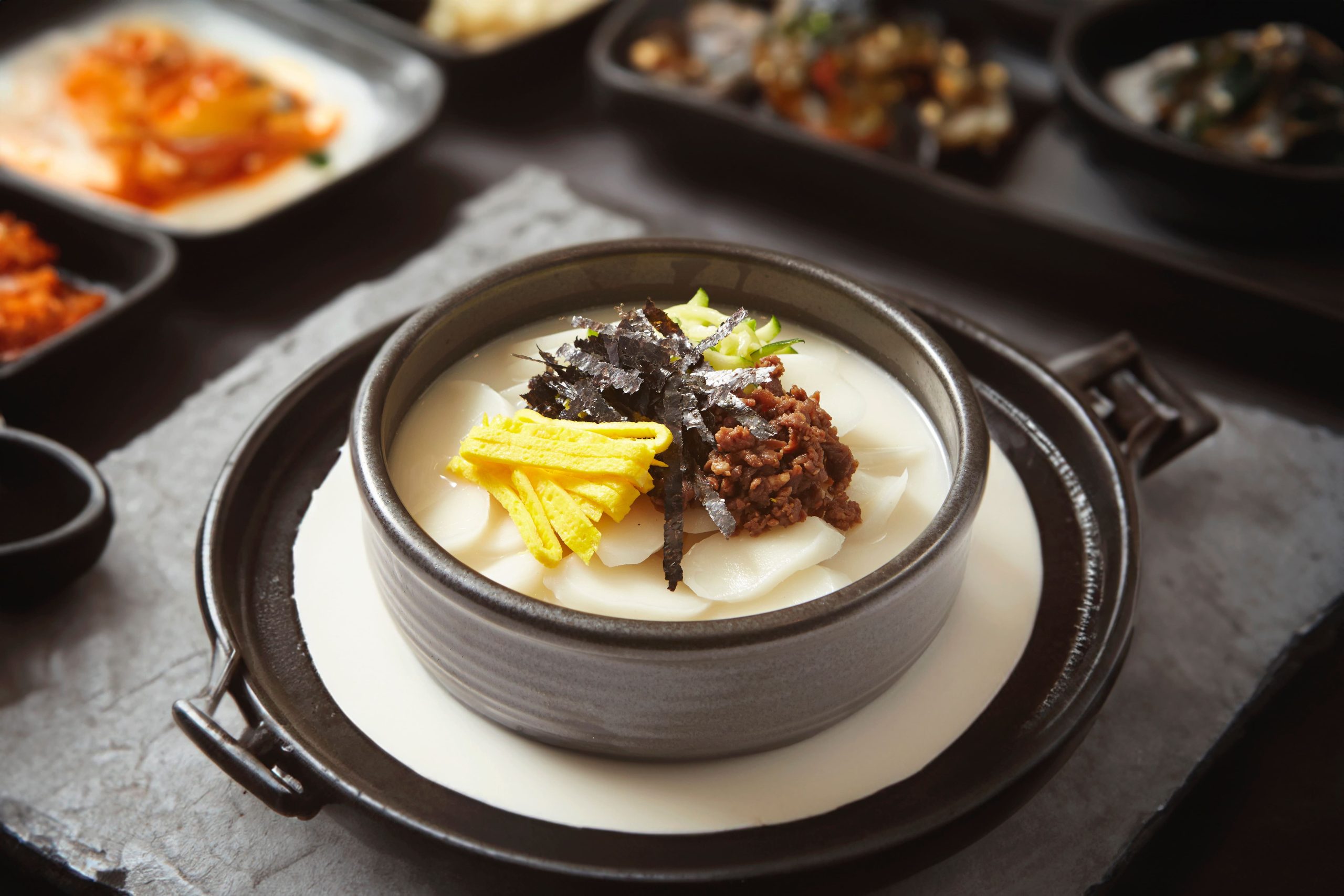
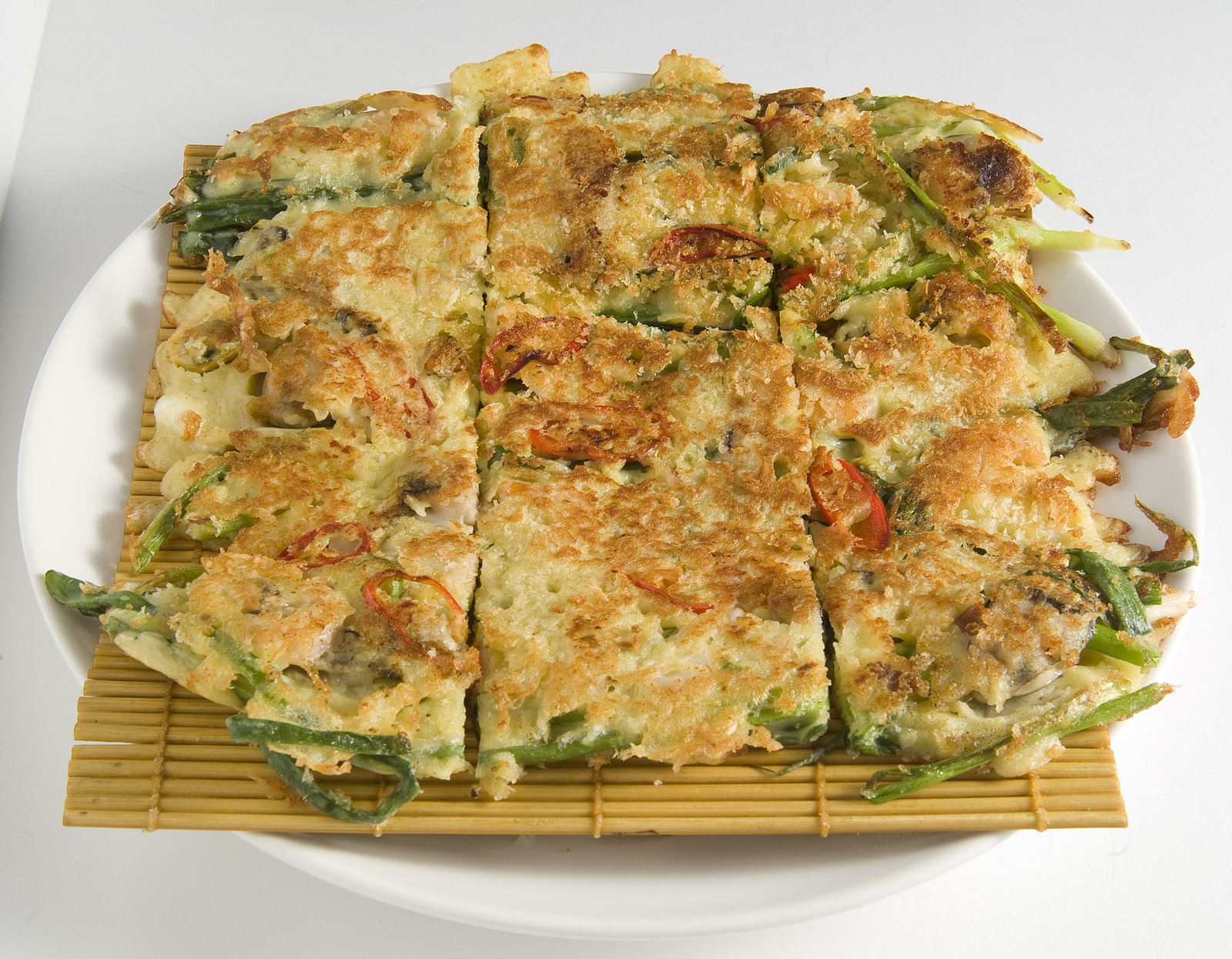
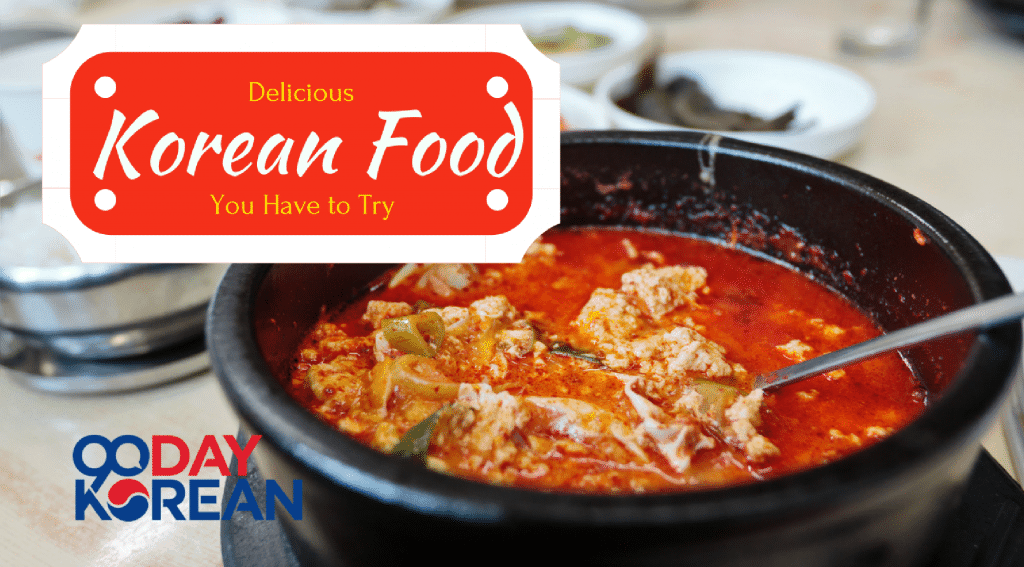
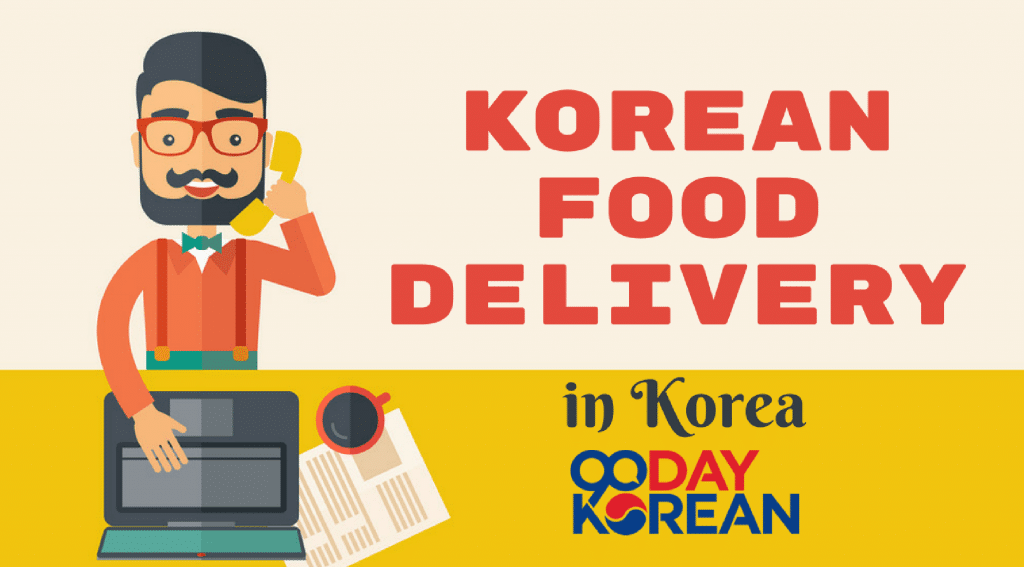
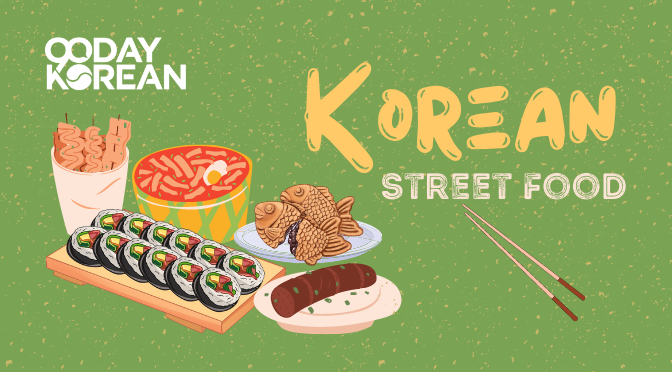

What year is it now in the Lunar calendar?
Hi Camilla! Based on the lunar calendar, the year of 2024 starts on February 10. ^^